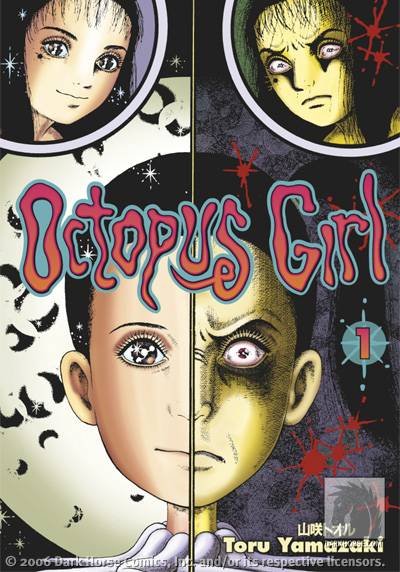 In my experience, many people come to comics through classic superhero tropes, and prior to the mid-00’s “manga boom,” most find their way to manga through anime. For me, the former was certainly true, but the latter, not so much.
In my experience, many people come to comics through classic superhero tropes, and prior to the mid-00’s “manga boom,” most find their way to manga through anime. For me, the former was certainly true, but the latter, not so much.
In 1991, I had been reading comics for close to ten years, the better part of my life as an early teenager. I had a friend with whom reading comics or playing Cyberpunk and listening to his older brother’s punk rock records was common practice most afternoons. As we learned more about the Circle Jerks and Dead Kennedys, we became less interested in Spiderman or Batman. Frank Miller’s monumental Dark Knight Returns had come and gone, and Kraven’s Last Hunt was long over.
As our interest in counterculture grew, the colorful costumed heroes we once loved were having a harder and harder time competing for our attention. One day at a flea market, after purchasing our bootleg Jane's Addiction and Prong t-shirts, we noticed a very narrow booth cluttered with longboxes. After a few minutes, I discovered something that resembled no comic book I had ever seen before. It was an issue of Slow Death, featuring a cover by Richard Corben. “Do you have anything else like this?” I asked the overweight bearded man buried behind the wall of musty pamphlets. He pointed me in the direction of a few issues of Warren Publishing’s Creepy magazine, and a few other underground comics from Last Gasp.
At last, I had found something in comics that could replace my dwindling interest in capes and tights, the same way that punk rock had led me away from the stadium-sized posturing of “hair metal.”
That summer, this same friend went to Japan as part of an exchange program, and I went off to stay with my aunt and uncle in Olympia, WA. My cousin Jason had recently discovered anime, and was anxious to show me a full-length feature called Akira, which was unlike any of the “cartoons” we had grown up on in the 1980’s. It was violent science fiction, and afterward, we returned to the small section at the local video store to rent other films like Hideyuki Kikuchi’s Wicked City.
Upon returning to Indiana, my friend and I compared notes on our summers, and he had brought home some Japanese comic books or “manga.” We looked through his stack of books and rented Akira from the local video store. Every summer following that, my friend would return to Japan, and we ushered in each school year with another stack of books from his travels.
Over time, he had developed a very rich interest in Japanese comics and anime, while nothing else had ever quite caught on for me, following that first summer in Olympia with my cousin. One day, though, he called me over the phone to tell me that he had found a new manga that I was going to love. This hadn’t been the first time he had made this proclamation, so it was with tempered expectations that I opened his small package.
However, when I pulled the book, Octopus Girl, from out of his bubble mailer, I remembered the day I first saw that issue of Slow Death. While I couldn’t read a word of the book’s contents, inside was some of the most sick and twisted horror imagery I had ever seen.
Octopus Girl depicts a young Japanese schoolgirl who is tortured by her classmates in the most horrific manner. Things take an even more violent turn when an octopus is shoved down her throat, causing yet another gratuitous vomit scene. That night, she wakes to discover that her body has been replaced by that of an octopus, and things get even more twisted as she enacts VIOLENT revenge on her schoolmates. From there, she fights Satanists, vampiric grandparents, and yes, even zombies.
This series is unlike anything I have seen before or since, and while I was delighted to finally read the story translated into English when Dark Horse released it back in 2006, it is still Toru Yamazaki’s disturbing imagery that keeps me coming back to thumb through this series with the same wonder I remember from the toy section of the Sears catalog as a child.
Horror fans will find all of the gore they could ever hope for, fans of comics of any origin will find the highest quality of cartooning, and a read like NOTHING they have seen before.
While Dark Horse unfortunately was only able to release three of the four original Japanese volumes, there is more than enough to keep you coming back again and again, supplying readers with a heaping portion of the most delightful and detestable absurdity you will find on either side of the Pacific!
Yamazaki went on to later become a television personality and recording artist, and Octopus Girl remains the punk rock band that never really made it beyond the garage. Even still, not only is Octopus Girl by far the most exciting thing he ever put his name on, for me, it’s probably the most important Japanese comic book I have ever read!
—Jeremy Atkins
Jeremy Atkins is Dark Horse's Director of Public Relations. The editors would like to thank him very much for talking about his favorite manga!